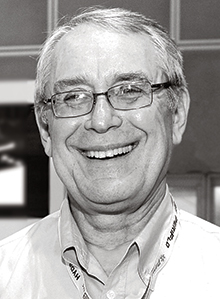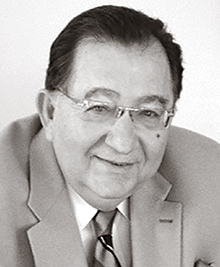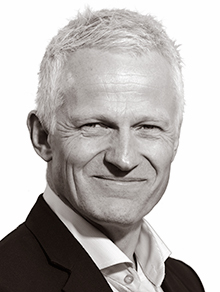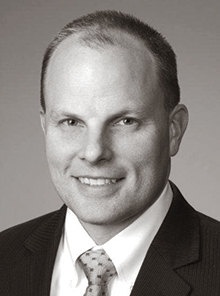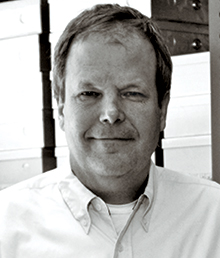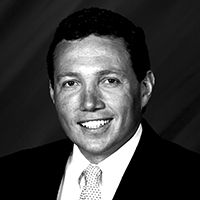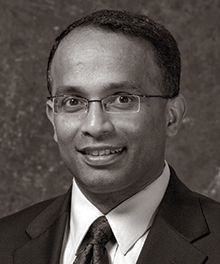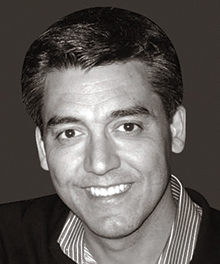Major pump companies are making key changes in personnel, and they are starting at the top. With at least 12 major companies announcing new executive leadership in the past 14 months, this year’s State of the Industry trend became obvious early. Industry experts say one reason is simply that the old-school executives are retiring. Others say they believe it is driven by companies getting lean and paying more attention to the bottom line. Others insist that companies have fewer acquisitions to choose from so they are looking for executives with sales and marketing backgrounds to run businesses from the perspective of driving growth through exposure and market share. Whatever the reasons, it’s happening. Some major companies are looking for fresh faces, fresh ideas and fresh perspectives to lead their growth in 2015. Big changes are not only happening with leadership. In October 2014, Charlotte, North Carolina-based SPX split into two companies, spinning off its flow products division as a stand-alone company with the remaining part continuing as a separate infrastructure company. Meanwhile, in November 2014, oil & gas giant Halliburton announced plans to spend $34.6 billion to purchase its biggest rival, Baker Hughes, uniting the two oilfield service providers. Other companies continue to merge brands and form huge conglomerates. In April 2014, Accudyne was formed after a merger of several brands including Milton Roy, Sullair and Sundyne. Even though this trend of new leadership is a big story as we enter 2015, rest assured that many companies are sticking with their solid foundation of stable leadership. In another growth strategy, these companies are focusing on new innovation, increased efficiencies and renewed dedication to the end user. In our annual State of the Industry report, we have direct comments from some of the new leaders of major pump companies. On the following pages, we also have commentary from some of the pump industry’s solid foundation of seasoned leaders.
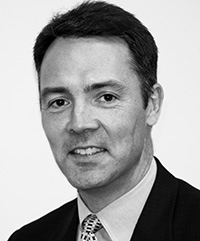
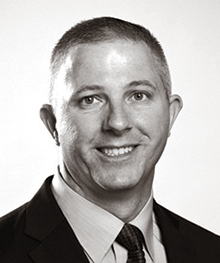
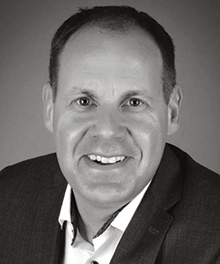
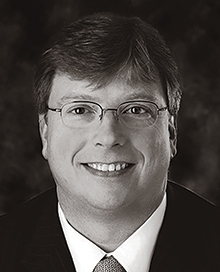
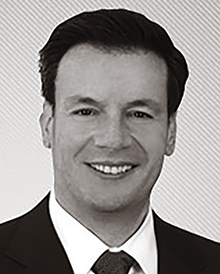
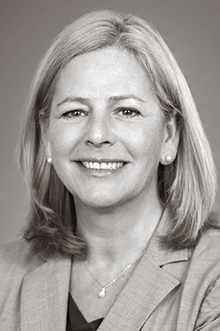
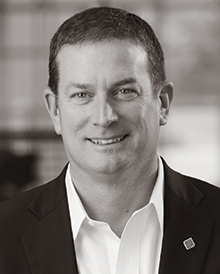
.jpg)
